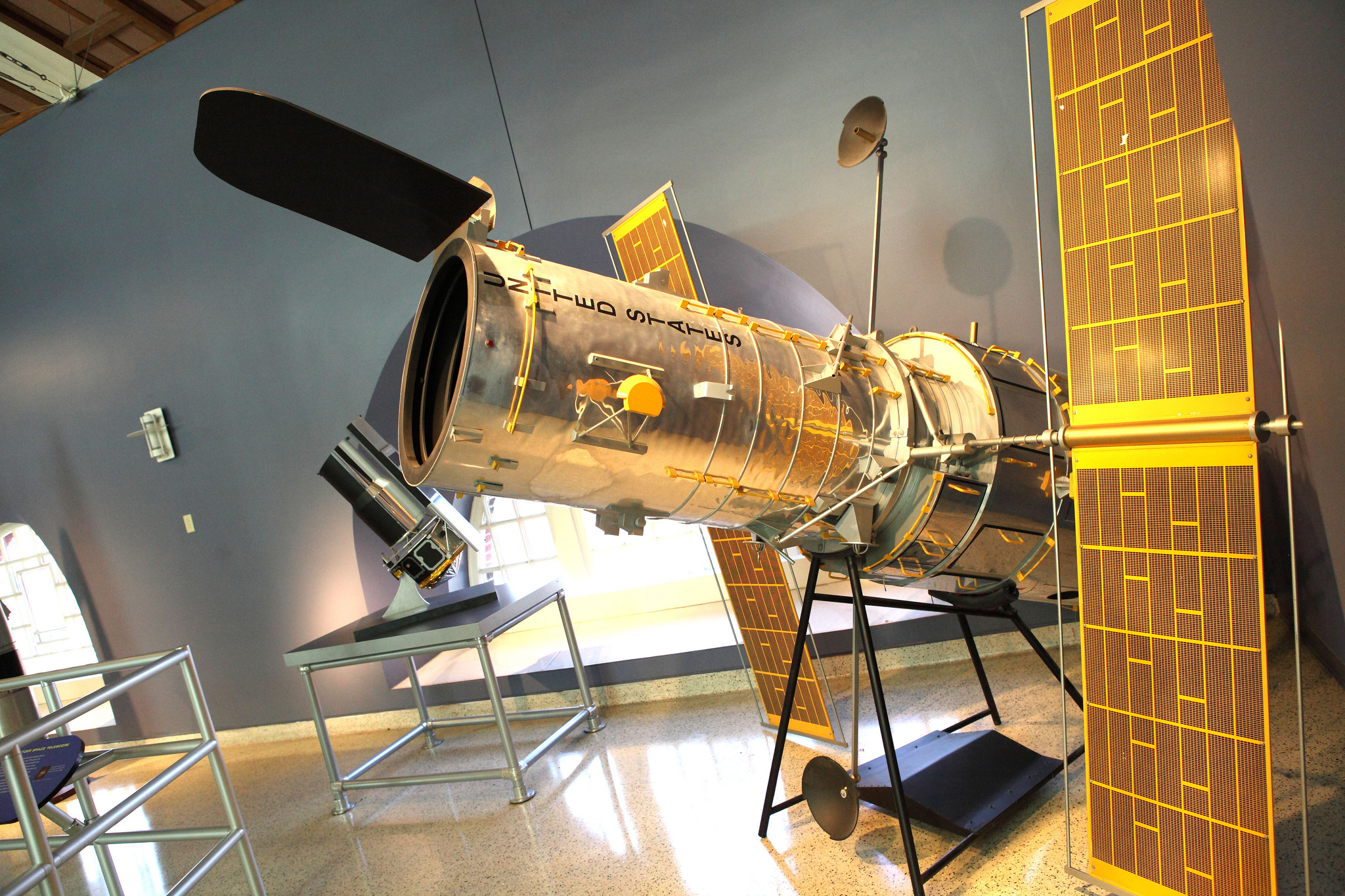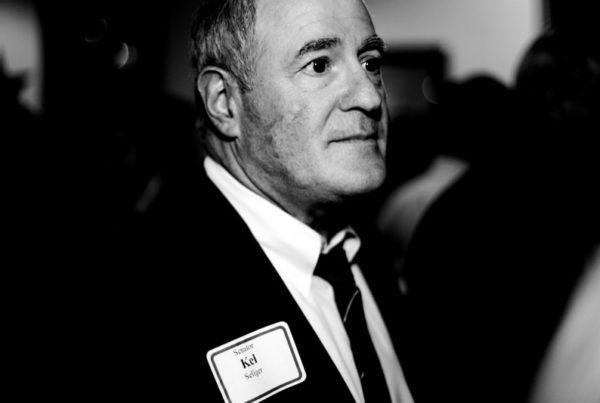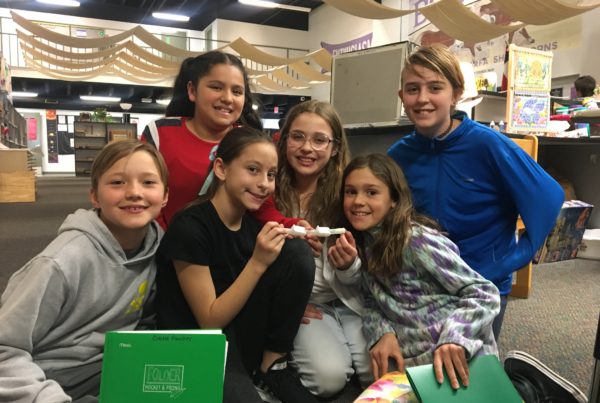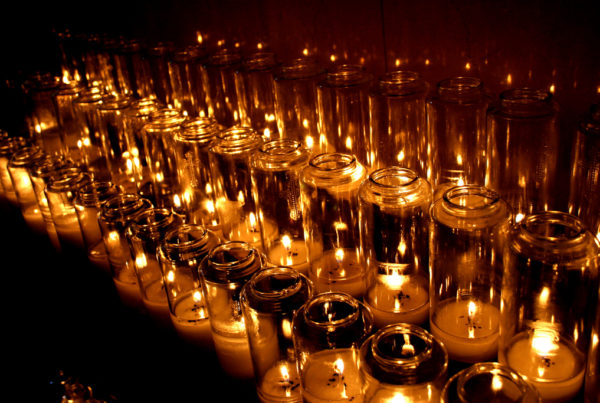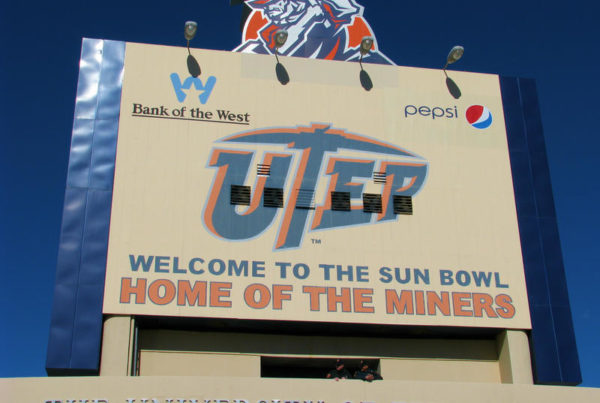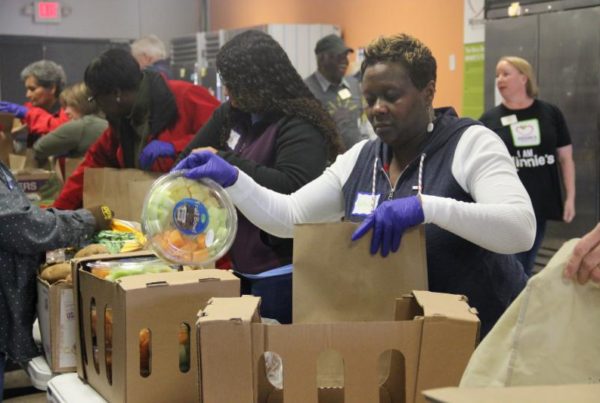Between SpaceX moving its rocket manufacturing to Texas from California, and the so-called super blood wolf moon, you may have missed this bit of space news: Texas-based astronomer Robert Kennicutt will be leading the Astro2020 Decadal Survey. Every decade, the study mandated by Congress helps set set priorities for what scientists will study in the coming years in the realm of astronomy and astrophysics.
Kennicutt is a professor and executive director of the George P. and Cynthia Mitchell Institute of Fundamental Physics and Astronomy at Texas A&M University, and says these surveys go back to the 1960s.
“They’re now held in many subjects in the sciences – astronomy was the first,” Kennicutt says. “Our surveys are taken very seriously on the Hill because we do set priorities. … We try to make the tough decisions and only recommend the most important things.”
One of the best-known projects to come out of the survey in the 1960s and ’70s was the Hubbell Space Telescope.
“It was this survey that looked at the science, weighed it against other things and basically argued that this is gonna be one of the most important advances in our field if we build it and fly it,” Kennicutt says.
There was also the ALMA telescope, or the Atacama Large Millimeter Array, which Kennicutt says cost more than $1 billion and is the first “world observatory” – it’s a collaboration between countries in North America, Europe and Asia.
“It’s a radio telescope array up at 17,000 feet in the Atacama Desert, and it maps the universe with the same resolution as the Hubble Space Telescope but at radio wavelengths,” Kennicutt says.
Kennicutt says these scientific priorities are decided on by a survey committee that meets over two years. He says the committee receives dozens of proposals and weighs each based on their scientific value, risk, cost and more, and then presents a ranked list at the end.
He says while the private space industry – companies like SpaceX and Virgin Galactic – is influencing innovation in space travel and exploration, it hasn’t directly influenced his work in astronomy. But he has said that the private sector, in general, is having a greater influence on science.
“Private foundations have invested in many of the telescopes … and in fact, the very building I work on here at Texas A&M,” Kennicutt says. “Astronomy’s becoming more international, we have to take that into account. And what we call sometimes ‘public-private partnerships’ are more important.”
Written by Caroline Covington.


